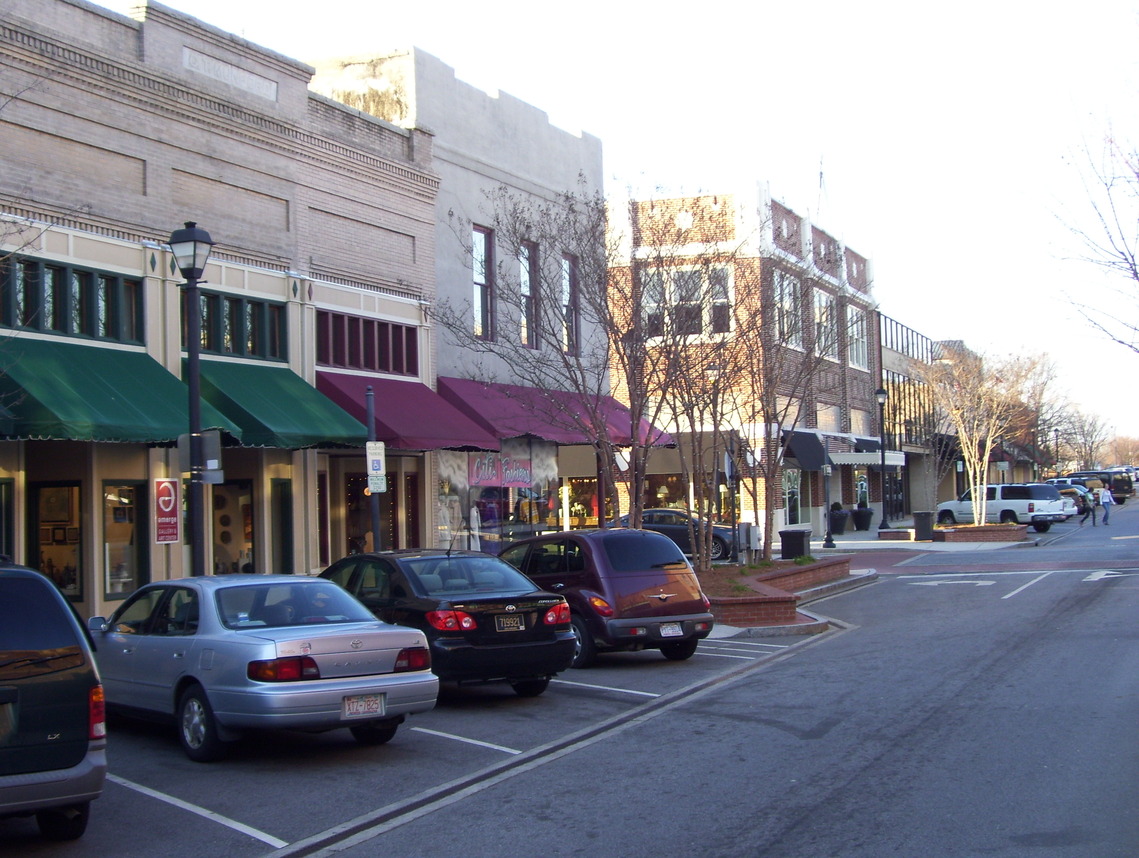Blue Highways: Manteo, North Carolina
Unfolding the Map
Click on Thumbnail for MapWe've gone from Columbia, Missouri to an East Coast barrier island at the edge of the Atlantic Ocean. That's a long way, and yet we're still not even close to finishing our round the country trip. Click on the map to get your bearings, and read my musings on places being unique.
Book Quote
"'The sea never forgets where it's been, and it's been over that land many times. We haven't had a major hurricane in nearly twenty years, when we used to have a hard blow every few years. New people don't know that. They come in and see open beach and figure they've found open land. But the Banks aren't ordinary islands, and that's why they've been left alone. People didn't used to build much they couldn't afford to see washed away, because sooner or later most most things out there get washed away. I know -- I've lived there. It's always been a rough place. Land pirates, sea pirates. Blackbeard was killed down at Ocracoke where my family comes from. One of my ancestors was on the Arabian ship that wrecked and spilled the Banks ponies that used to run wild.'"
Unnamed man in Manteo, North Carolina
Quoted in Blue Highways: Part 2, Chapter 8
 Street in Manteo, North Carolina
Street in Manteo, North Carolina
Manteo, North Carolina
Reading up on the Outer Banks, where Manteo is located, I find myself intrigued by its history and its culture. It is a place set apart from the rest of the United States geographically and culturally, though historically it may be one of the most important places. Reading William Least Heat-Moon's account of going to Manteo, and then Wanchese and Fort Raleigh National Historical Park, just the cadence and pattern of speech that he captures suggests something a little different about the place.
One thing that intrigues me is that it evidently is a place where some say that the speech is possibly very close to that of Elizabethan England. I am really fascinated by accents. My wife likes to joke that I immediately fall in love with women who have some sort of accent, and I guess it is really true. For me, the accent sets a person apart, suggests different experiences and places other than the ones I know, and I suppose also that women with accents call to my mind the exotic and maybe even the erotic. I don't understand it, but it's probably best I don't try too hard.
If you love Shakespeare and his plays, it cannot help but be of interest that the people who live on the Outer Banks may speak a language that is the closest we will ever hear to Shakespeare's time. Is it possible that if one were to secretly listen to two young lovers on the Outer Banks today, one would see shades of two star-crossed lovers on a balcony in the Globe Theater in 15th century England?
My experience with living in a culturally unique place that gets battered by hurricanes every so often was when I lived in New Orleans. Of course, New Orleans is a city and the Outer Banks are islands with small towns. But in a lot of respects, they are similar. They both have a sizable part of their economies that depend on the sea and fishing. Both, for much of their history, were disconnected from the rest of the country by their geography. The Outer Banks for centuries could only be reached by boat, and New Orleans sits surrounded by difficult-to-traverse wetlands, swamps and marshes. New Orleans developed a culture and language that was distinct from the rest of the United States, and I imagine the Outer Banks have as well. In New Orleans, it really doesn't matter what's going on in the rest of the country - what matters are the things that happen in New Orleans. The Outer Banks are probably similar.
And of course, there are the hurricanes. Both areas are very vulnerable. Both sit along likely paths of storms. Both are vulnerable to the erosive effects of both natural origin and of human activity. Both have borne the brunt of hurricanes recently. Of course, Katrina and Rita battered New Orleans and Louisiana a few years ago, and just within the past month of writing this post, Hurricane Earl brushed the Outer Banks, not scoring a direct hit but bringing rain, wind and flooding. Both also depend on the Army Corps of Engineers to build both protective defenses and to help control the damage. In the case of New Orleans, the Corps may have made some major mistakes that may have contributed to the flooding. In the case of the Outer Banks, they have been called in to fill channels created by direct hits by hurricanes.
I told my wife we should try to visit the Outer Banks. She informed me that she will attend a conference in Asheville, North Carolina next year, and suggested I meet her and we make the trip. Her conference will be in October, right in the middle of hurricane season. Maybe I'll get to see all aspects of the Outer Banks that make them so intriguing.
If you want to know more about Manteo
Elizabethan Gardens
North Carolina Aquarium at Manteo
Outer Banks of North Carolina
Outer Banks Sentinel (newspaper)
Town of Manteo
Wikipedia: Manteo
Wikipedia: Outer Banks
Next up: Wanchese, North Carolina




 Friday, September 10, 2010 at 4:39PM
Friday, September 10, 2010 at 4:39PM


